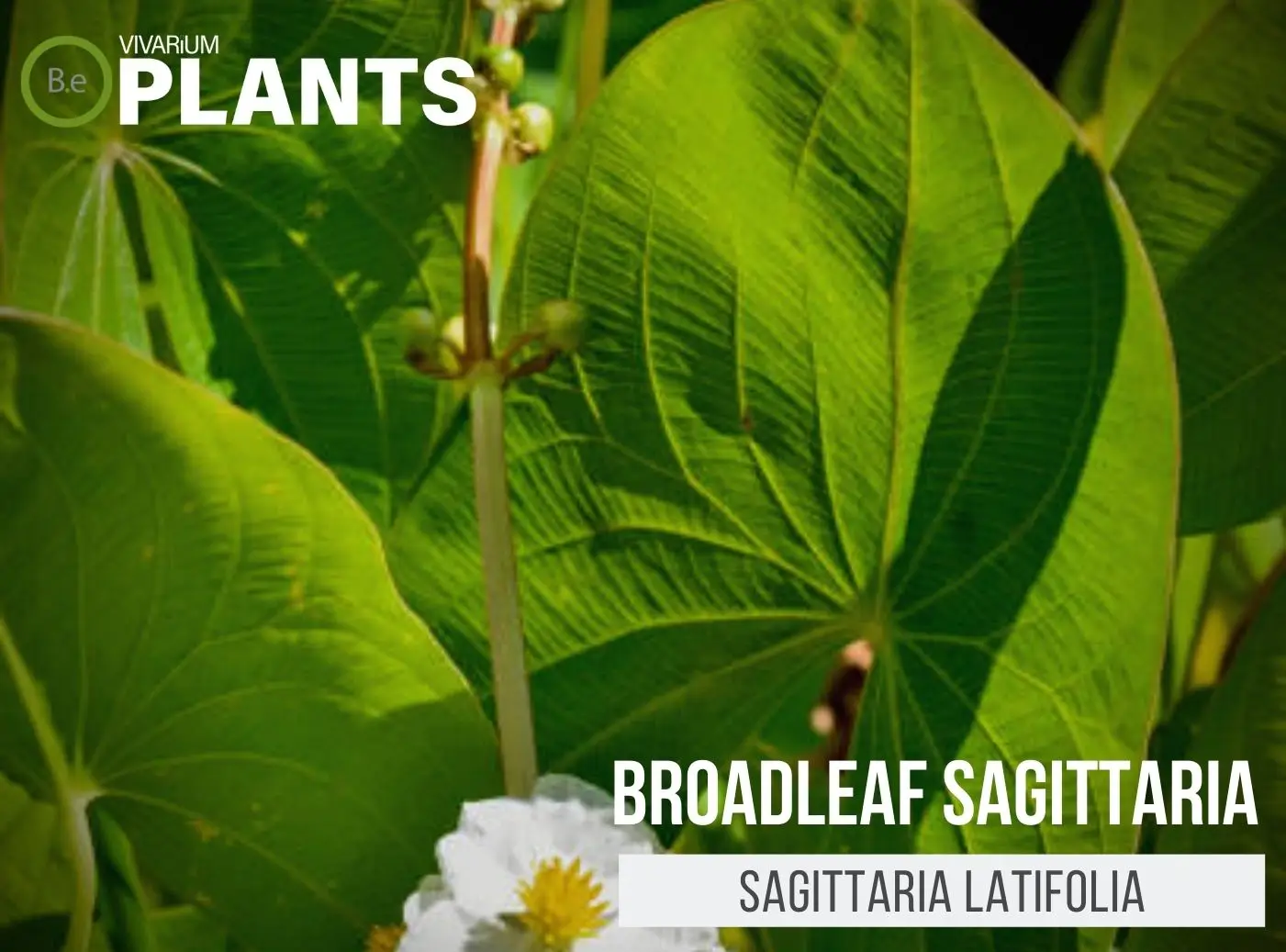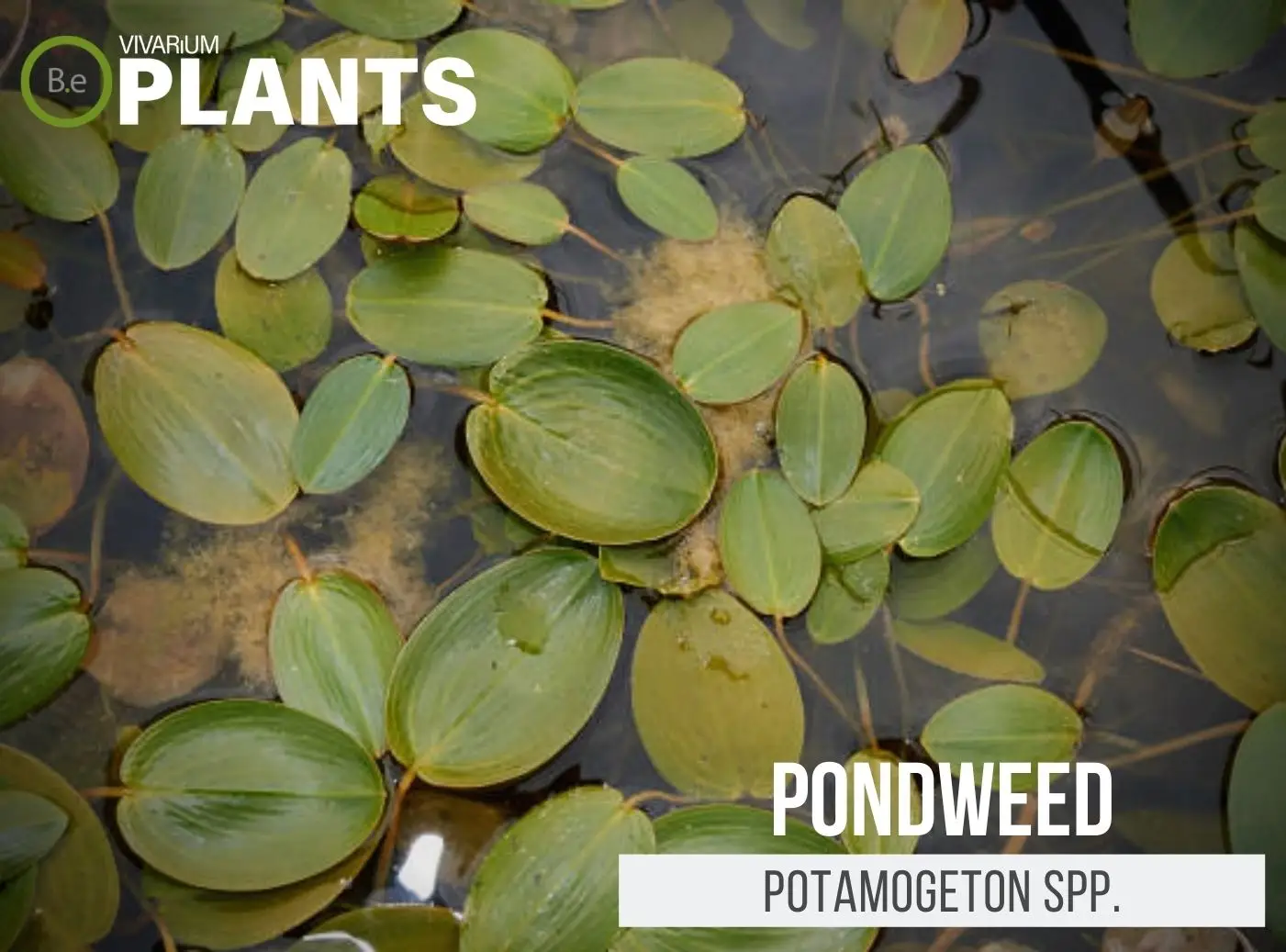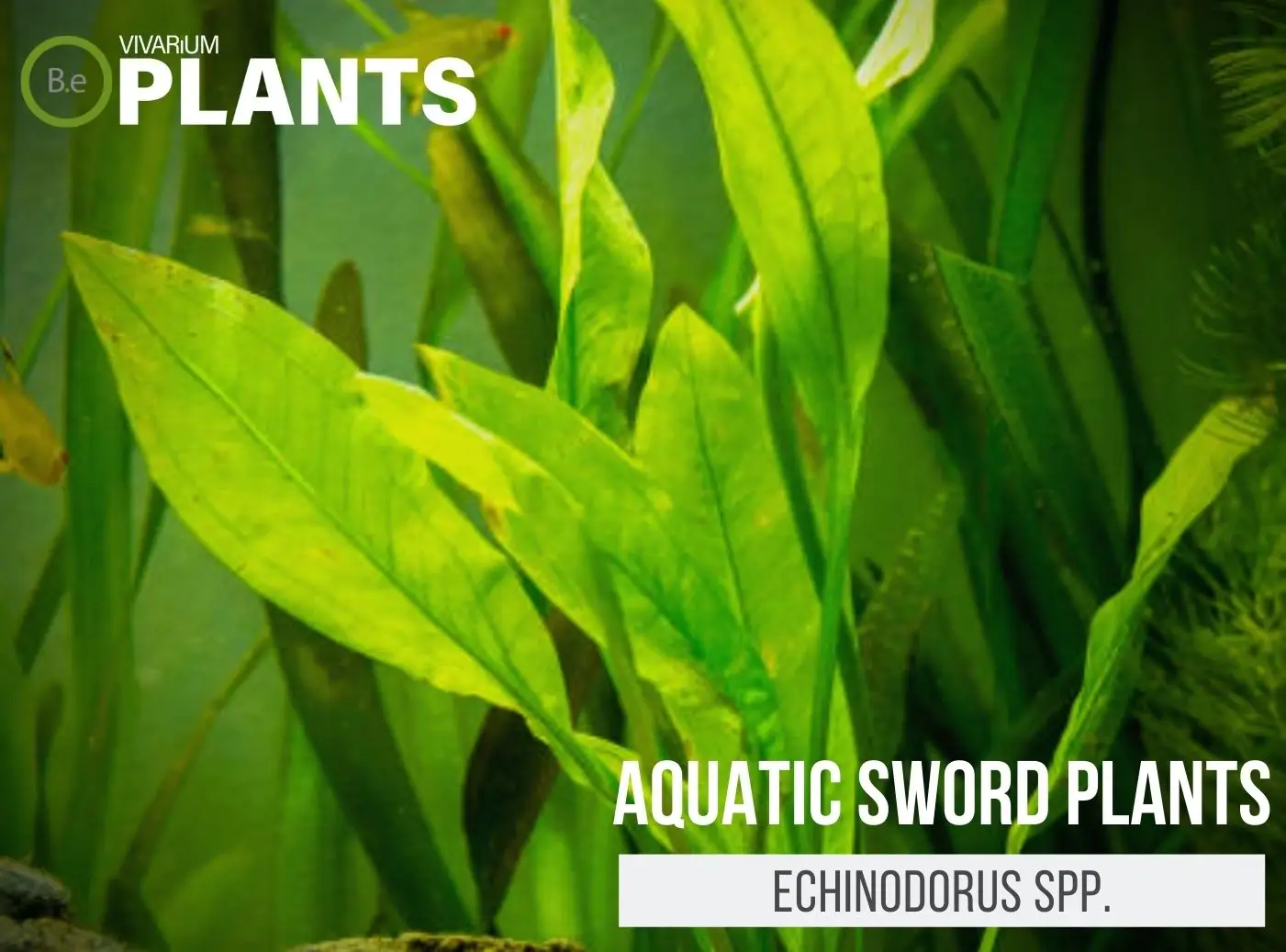Marsilea crenata, also known as water clover, is a fascinating carpeting plant.
This plant is an emergent aquatic plant, meaning it loves to grow both in and out of the water, making it the perfect choice for terrariums with aquatic inhabitants.
It is relatively undemanding and is a great way to add nature–inspired shapes to a vivarium and help keep the water clean.
Table Of Contents:
ToggleQuick Stats:
Scientific Name: Marsilea crenata
Family: Marsileaceae
Common Names: Water Clover
Habitat: Wetlands
Height: 1-10 cm when submersed
pH Range: 6.0-8.0
Temperature: 60-80°F
What Is Water Clover?
Marsilea crenata is a unique-looking aquatic plant that is great for adding a new element to a vivarium.
The plant has compound leaves with four leaflets giving the plant its signature “four–leaf clover” look.
The small leaflets come from the submerged stems of this plant, which vary in height from 1–10 cm depending on water conditions.


Water Clover Facts
The four–leafed leaves of Water Clover are its defining feature, creating a star–like shape when fully expanded.
Marsilea crenata is an important source of food for freshwater creatures due to its high protein content and can even provide significant benefits to the environment, such as water filtration and the prevention of algal blooms.
The Water Clover’s shape and adaptability have also made this species an important form of archaeological evidence for the study of ancient cultures.
Description
Water Clover has dark emerald green foliage, stems, and roots. It is a delightful contrasting plant in an aquascape and makes a great addition to any vivarium.
Its leaves have four leaflets, which give the top of the plant a ‘four–leaf clover’ look, making it a popular and aesthetically pleasing choice for aquatic gardens.
Habitat
Marsilea crenata is native to wetland areas around the world, from Australia to Europe.
This plant thrives on damp soil and full sun exposure, however, the presence of slightly flowing water helps it develop more stems and ultimately stay healthy.
pH Preference
In terms of pH requirements, Water Clover prefers neutral water with a pH between 6–8.
This plant can also tolerate slightly acidic and mildly alkaline water as long as it is not maintained over time.
Vivarium Type
The Water Clover is quite an easy-going species. With that in mind, it will not be too complicated when choosing the type of enclosure it is grown in. It is best to try and replicate the plant’s natural habitat as much as possible.
Doing so will make it easier to provide this foliage plant with its basic needs. The proper setup and theme of the enclosure will make a big difference to the overall look and health of the plant. Be sure to choose setups that are moist and high in humidity.
Here are recommended vivariums it will do well in:
-
- Paludariums – Half aquatic/ half terrain-based enclosure.
- Ripariums – Mostly aquatic-based enclosures with some terrain features present.
- Aquariums – Fully aquatic-based enclosure with little to no dry terrain.
Vivarium Placement
Marsilea crenata can either grow fully submerged or partially emerged in the substrate. The latter is preferable if you want the plant to show more foliage.
If your vivarium doesn’t have any water inhabitants, it can also be grown fully emerged in the substrate.
Substrate
Substrate preference really depends on the vivarium setup you are using. If you are using Water Clover in a fully submerged aquarium, then it can be placed directly into an aquatic substrate.
However, if you want to grow the plant that emerged in the substrate, then you need to make sure the substrate is sufficiently damp.
Lighting
Water Clover does not require intense aquatic lighting, however, it does need some light so that photosynthesis can occur.
This is particularly true if you are growing the plant fully submerged, as the light intensity will be lower.
Generally, it is best to use low to moderate light for Water Clover – if your lighting is too bright, the plant may not grow as strongly.
Buy Water Clover
When buying a Water Clover, there are a few things to keep in mind. Making sure the plant is healthy when purchased is essential for its success in a vivarium or pond. Vegetation that is already in poor conditions will have a very hard time adjusting to new environments.
Click the image below to learn more about the current price and other relative info about this plant.
Water Clover Care & Propagation
Water Clover is a low–maintenance plant and is often considered easy to care for and propagate.
If you are using a fully submerged tank, the plant can be propagated by simply cutting the stem down and planting it into the substrate.
If you are using a partially submerged setup, then the stem should be tied down with a weight to anchor it in place.
How To Grow
Water Clover does not require any special fertilizers or other additives in order for it to thrive.
Just make sure the water and substrate are kept damp, and provide enough light for photosynthesis and you should have happy water clover.
Water Requirements
For emergent Water Clover, depending on your substrate, you may need to supplement the water with a hand spray or mist regularly.
For fully submerged Marsilea crenata, you need to make sure the water remains clean and you should perform regular water changes in order to keep the water quality optimal.
Plants Similar To Water Clover
Adding diversity to an enclosure is key to an aesthetically pleasing setup. Try mixing up the look of your vivarium with different flora that can easily co-exist in the same types of environment.
Furthermore, if for some reason you find Water clover hard to acquire or would like to consider something similar to this aquarium plant… Here are other stem plants you might find will do well with or in place of Marsilea crenata:
Conclusion
Marsilea crenata is a great way to add a unique-looking element to a vivarium. It is low–maintenance and undemanding, making it suitable for beginners and experienced aquarium hobbyists alike.
Water Clover adds color, texture, and life to an aquarium, and can help keep the water clean in the process. With the proper care and environment, this carpeting plant will happily flourish and provide a beautiful and nature–inspired focal point.
Frequently Asked Questions
Yes, water clover is an invasive aquatic species. It is native to Europe, Africa, and parts of Asia, but has spread to other areas due to its ability to grow and spread rapidly in aquatic environments. It can be found in ponds, irrigation ditches, and streams, and can quickly outcompete native aquatic species for resources.
Yes, water clover is edible. It has nutritional benefits, such as calcium, potassium, magnesium, and fiber, and can be eaten cooked or raw as a salad green.
1. Keep the water clover plant in bright, indirect sunlight.
2. Water the water clover plant regularly, allowing the soil to dry out slightly between waterings.
3. Feed water clover plants monthly with a water-soluble fertilizer.
4. Provide humidity by misting the foliage of the water clover plant regularly.
5. Prune back overgrown stems to promote a bushy, full look.
6. Trim off dead foliage as it appears.
7. Change the water once a month to keep it fresh.
Yes, clover can grow in water as long as it is kept in shallow water and receives adequate light.
• Provides habitat for aquatic wildlife
• Acts as an excellent water filtration system
• Acts as a natural buffer against soil erosion
• Adds oxygen to water ecosystems
• Reduces algae growth
• Prevents flooding
• Enhances water quality by removing pollutants and heavy metals




